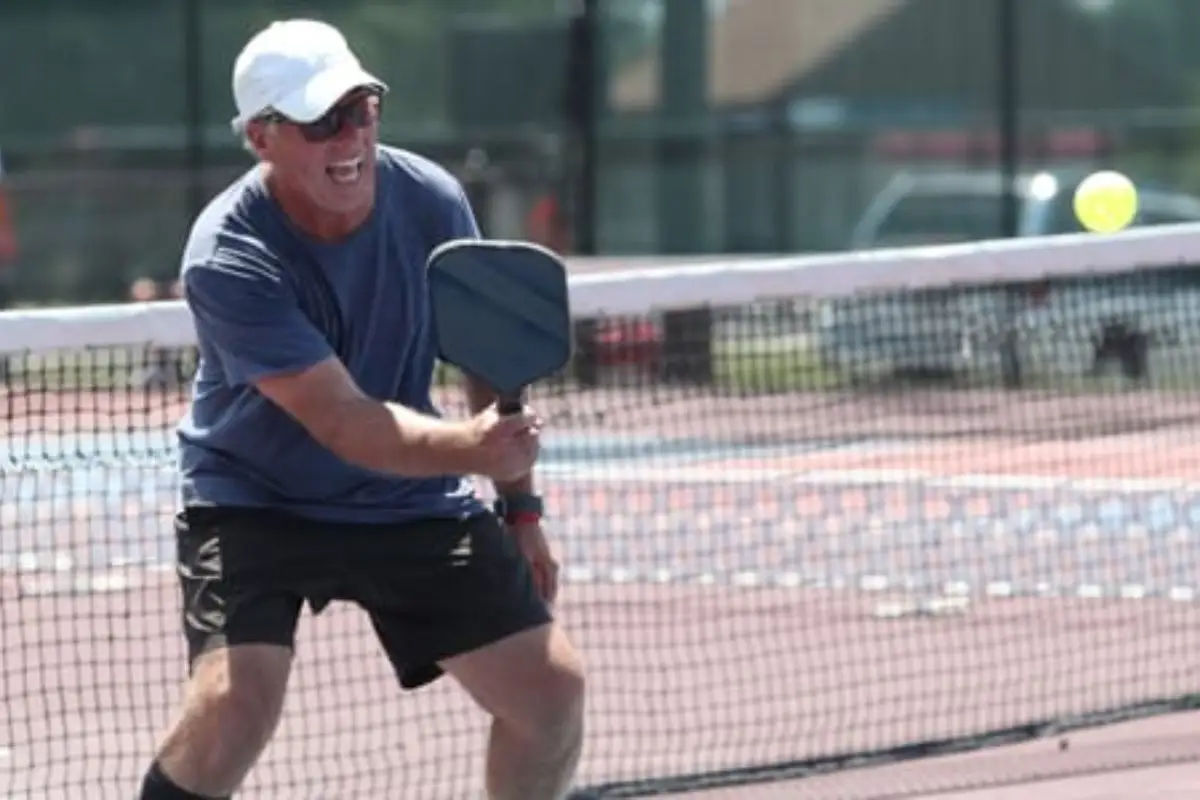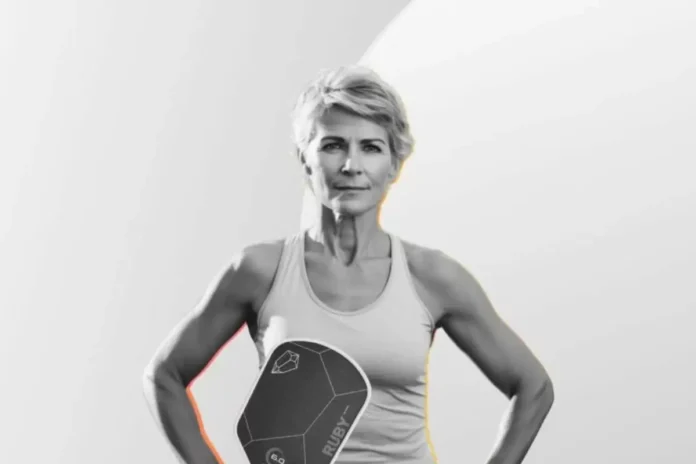Turning Pickleball Frustration into Victory: Stagnation are a common experience in pickleball, where consistent play doesn’t always yield improvements. For players feeling stuck, recognizing key areas for growth can make all the difference. Below are seven reasons why progress may stall, along with strategies to overcome each one and get back on track.
1. Stagnant Tactics: Moving Beyond Basic Play Styles
Many pickleball players rely on familiar strategies, like baseline shots or frequent lobs, which work well against less experienced opponents but become predictable at higher levels. Advanced opponents are quick to counter, exposing the limitations of these basic tactics.
How to Evolve Tactics: To advance, players should incorporate a wider range of skills, like softer shots, controlled dinks, and precise ball placement. Practicing drills that focus on finesse, such as the ‘Dink Dink Bang’ drill, can prepare players to handle tougher competition by shifting from power-based to controlled play.
2. Limited Challenge: Playing With the Same Level Opponents
Facing opponents of equal or lower skill is comfortable but doesn’t encourage growth. Without the challenge of more skilled players, bad habits can solidify, and essential skills remain undeveloped.
Solution for Growth: Seeking out more experienced players allows for quicker adaptation and introduces new tactics. Pickleball Players can also gain valuable insights by asking stronger opponents for feedback after games, which provides new perspectives on improvement.
3. Overlooking Footwork Fundamentals
Strong footwork is essential but often neglected. Without proper footwork, players may struggle to reach shots or maintain balance, ultimately limiting their effectiveness on the court.
Improvement Through Drills: Footwork drills focusing on agility and balance can significantly impact a player’s game. Practicing smaller, quick steps and balanced movement improves positioning, making even difficult shots more manageable.
4. Misjudging Shot Selection
Choosing high-risk shots too often, like fast drives or challenging lobs, can undermine progress. These risky shots may work occasionally, but they frequently lead to errors and missed opportunities.
Mastering Shot Judgment: Players should focus on high-percentage shots that increase their odds of maintaining control. Emphasizing dinks or third-shot drops instead of high-risk attempts helps players keep the ball in play, creating more opportunities to score without sacrificing consistency.
5. Random Practice Without Intentional Drills
Without specific practice routines, players risk reinforcing existing habits without developing new skills. Casual play alone is often insufficient for overcoming limitations in technique or strategy.
Building a Focused Practice Routine: Structured drills targeted at weak areas, like serves, dinks, or third-shot drops in pickleball, can improve accuracy and confidence. Solo pickleball drills against a wall or practice with a ball machine are effective ways to enhance specific skills, even when no partner is available.

6. Mental Stamina: Overcoming Frustration and Self-Doubt
Pickleball requires mental resilience as much as physical skill. Losing focus or becoming frustrated after errors can disrupt a player’s performance and lead to repeated mistakes.
Developing Mental Toughness: Visualization exercises and breathing techniques can help Pickleball players maintain composure, especially during challenging points. Letting go of mistakes quickly and focusing on the next shot can foster resilience, ultimately leading to more consistent play.
7. Playing in Isolation: The Importance of Feedback
When players practice without feedback, they may miss key areas for improvement, assuming that their technique is sound even if there’s room for adjustment.
Embracing Constructive Critique: Recording matches or working with a coach can reveal subtle mistakes, like poor shot selection or unbalanced positioning. Watching recorded playbacks allows players to identify errors and refine their approach, leading to measurable improvement.
Success Strategies for Pushing Beyond Plateaus
Many players have found ways to break through plateaus by adopting new strategies and focusing on continuous improvement:
- Celebrate Small Victories: Recognizing small wins, like improving a dink shot or a consistent serve, keeps motivation high and progress visible.
- Play More Frequently: Increasing play frequency from once a week to two or three times provides more opportunities to refine skills.
- Set Attainable Goals: Creating specific, measurable goals, like consistently reaching the kitchen line after serving, helps players track progress while keeping a clear path forward.
- Prioritize Warm-Ups: Warming up before matches can prevent early mistakes and prepare both mind and body for competition.
- Repetition for Skill Building: Practicing serves with repetition, such as going through a bucket of balls, builds consistency and confidence over time.
- Learn by Watching Similar Players: Watching Pickleball players with a comparable style offers practical insights, rather than only studying high-level professionals whose strategies may not translate well.
With patience, determination, and focused practice, any player can move beyond a plateau. Improvement takes time, but by embracing these strategies, players can continue to elevate their game.

